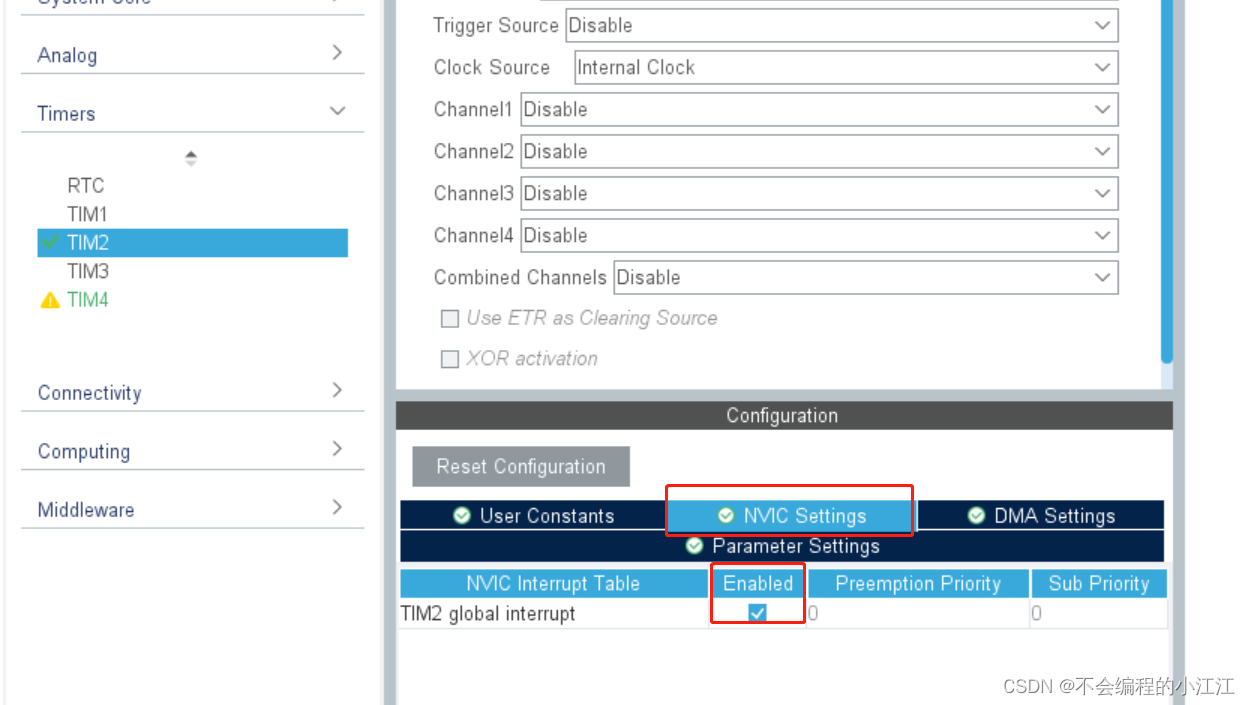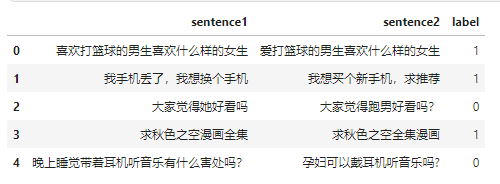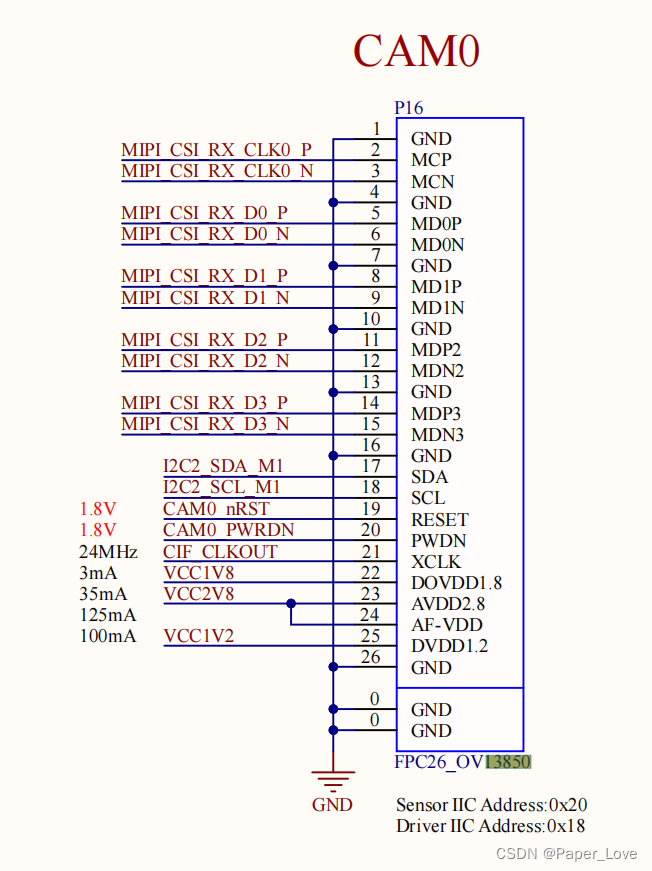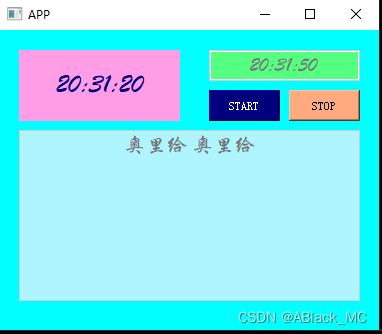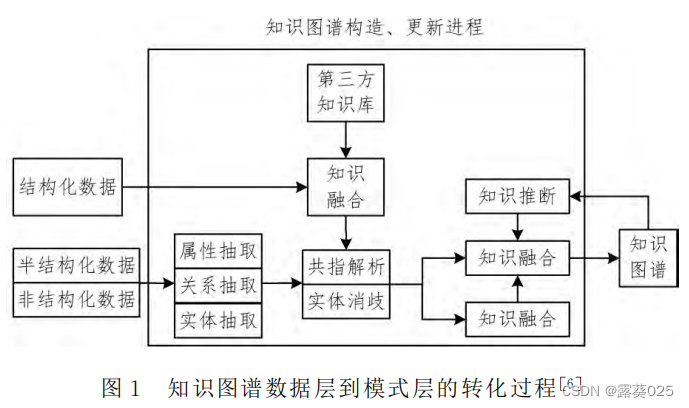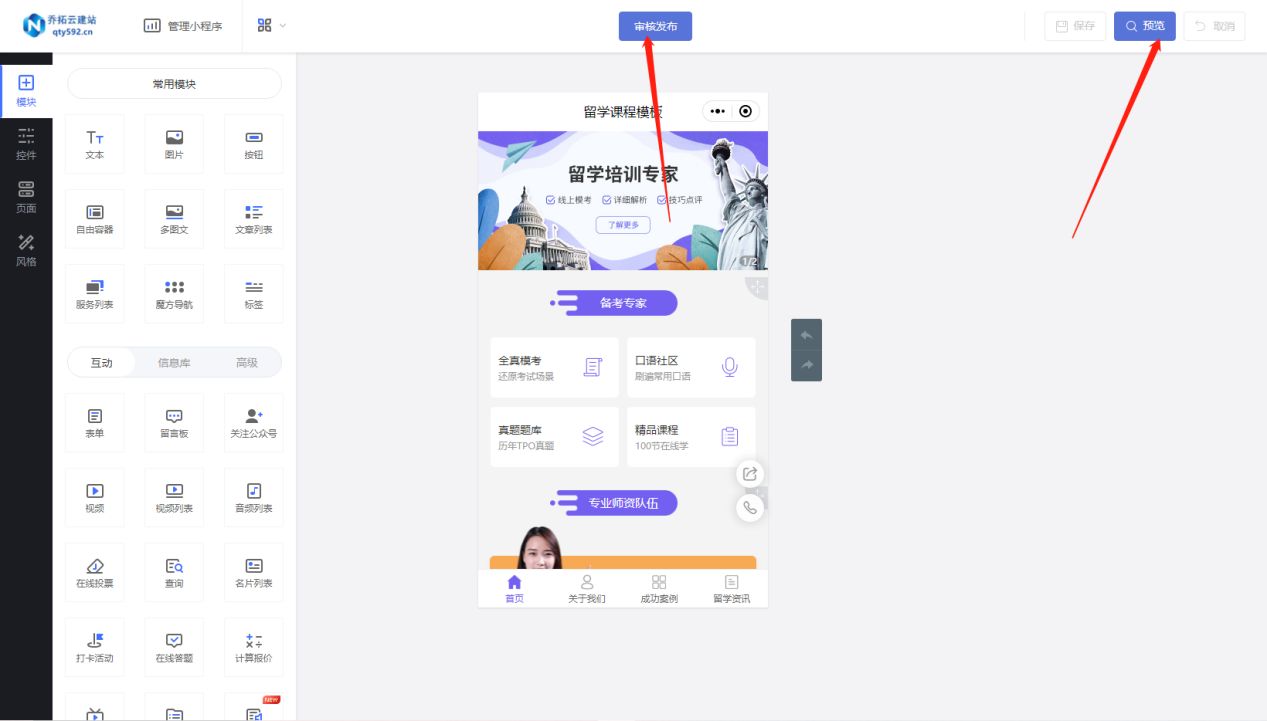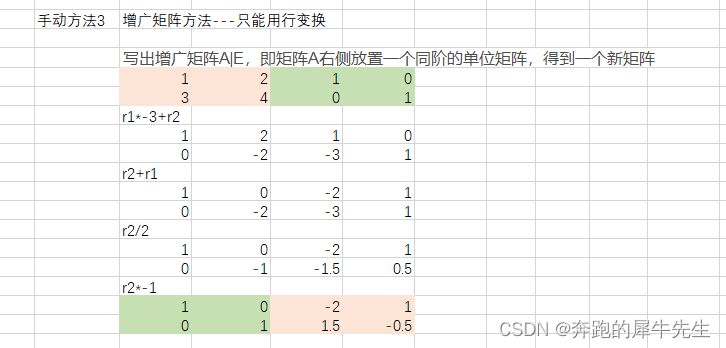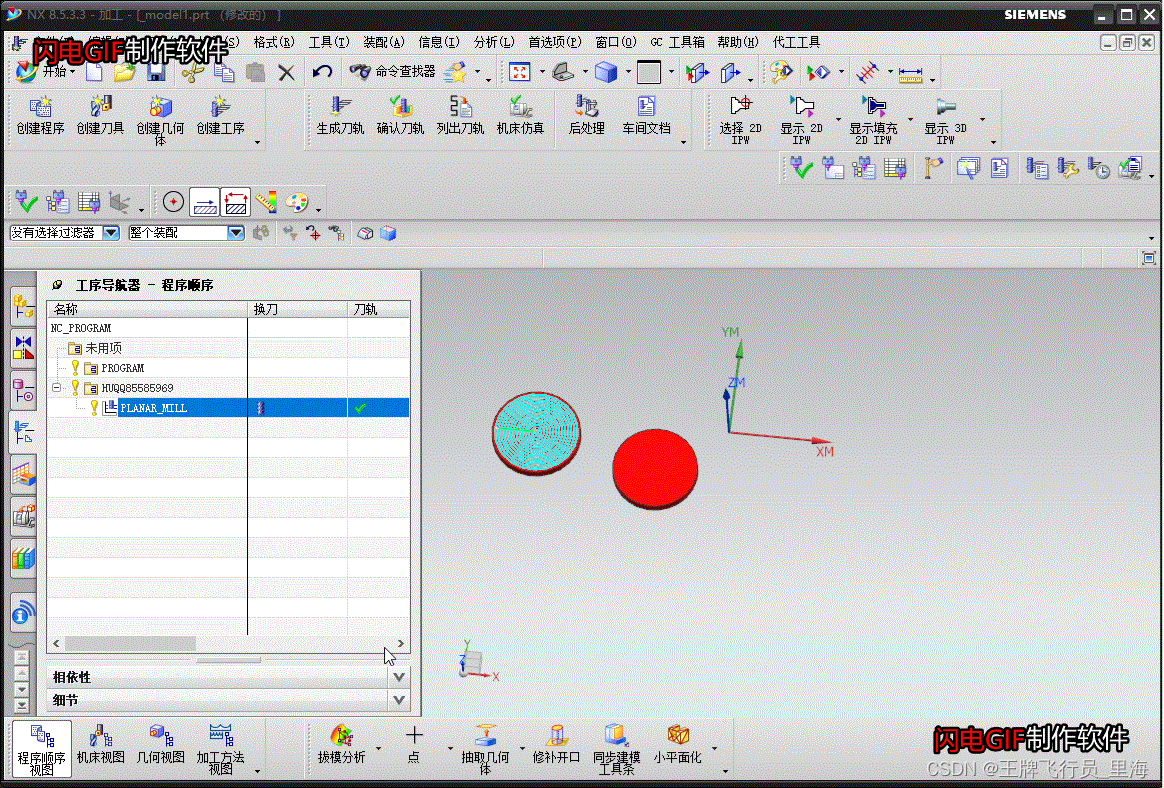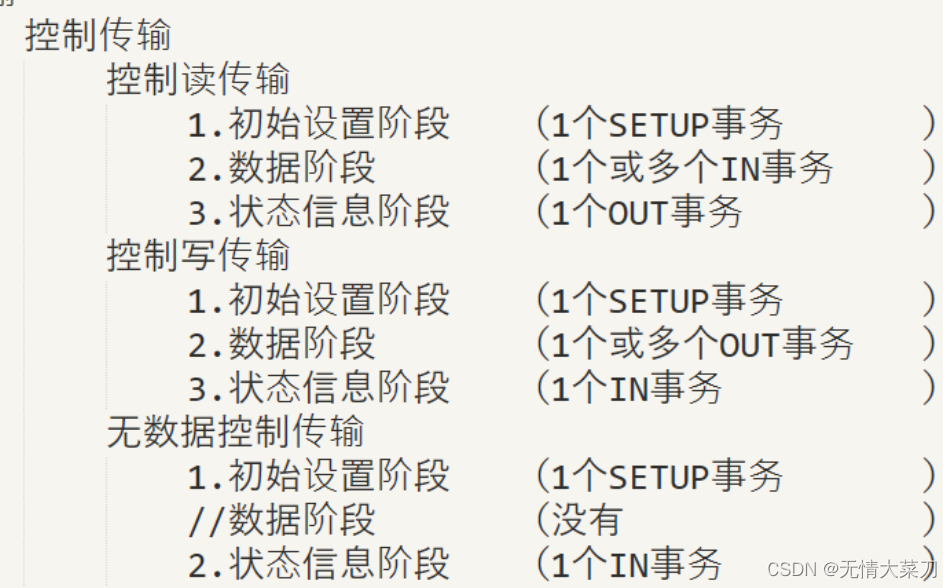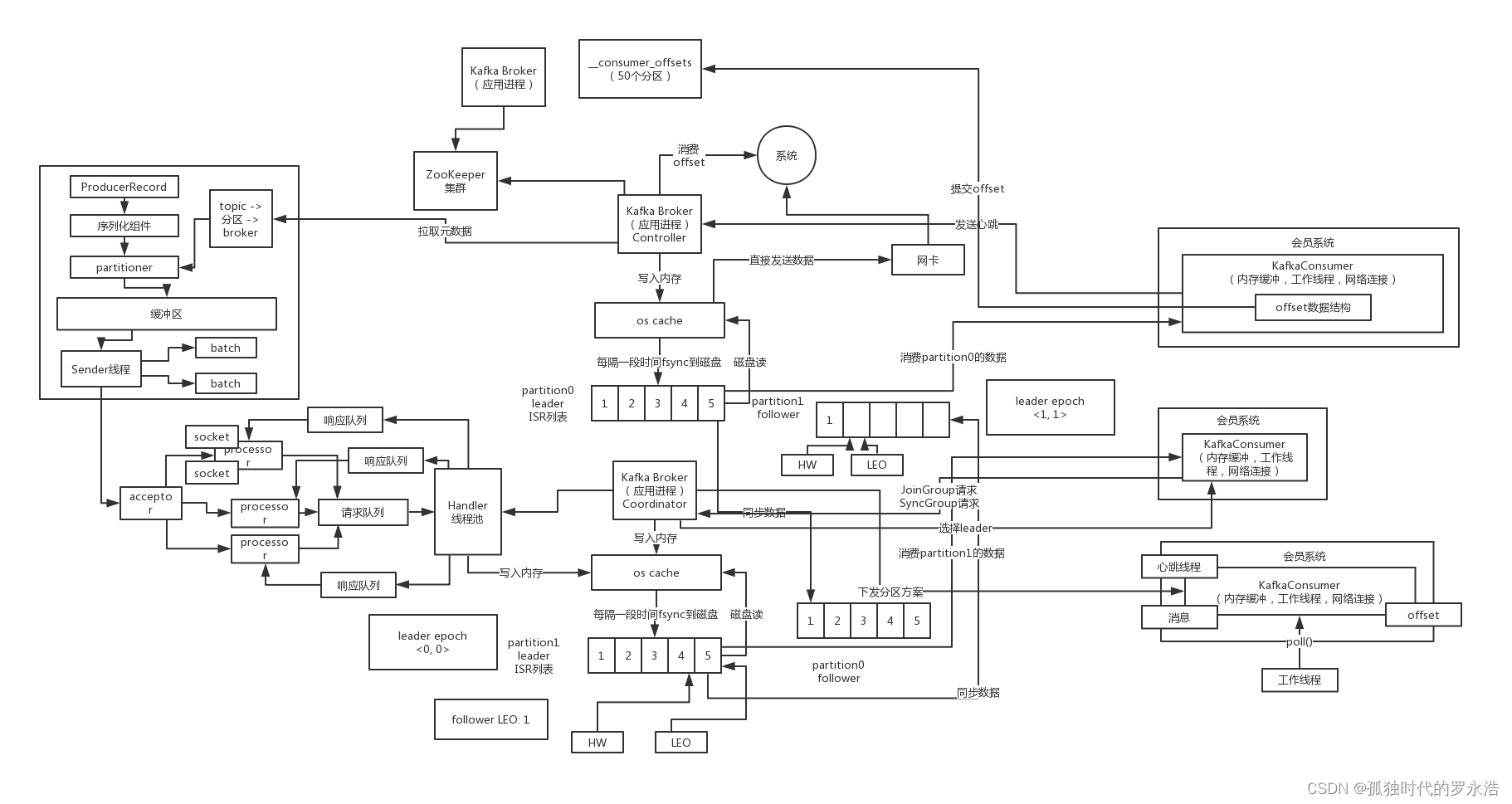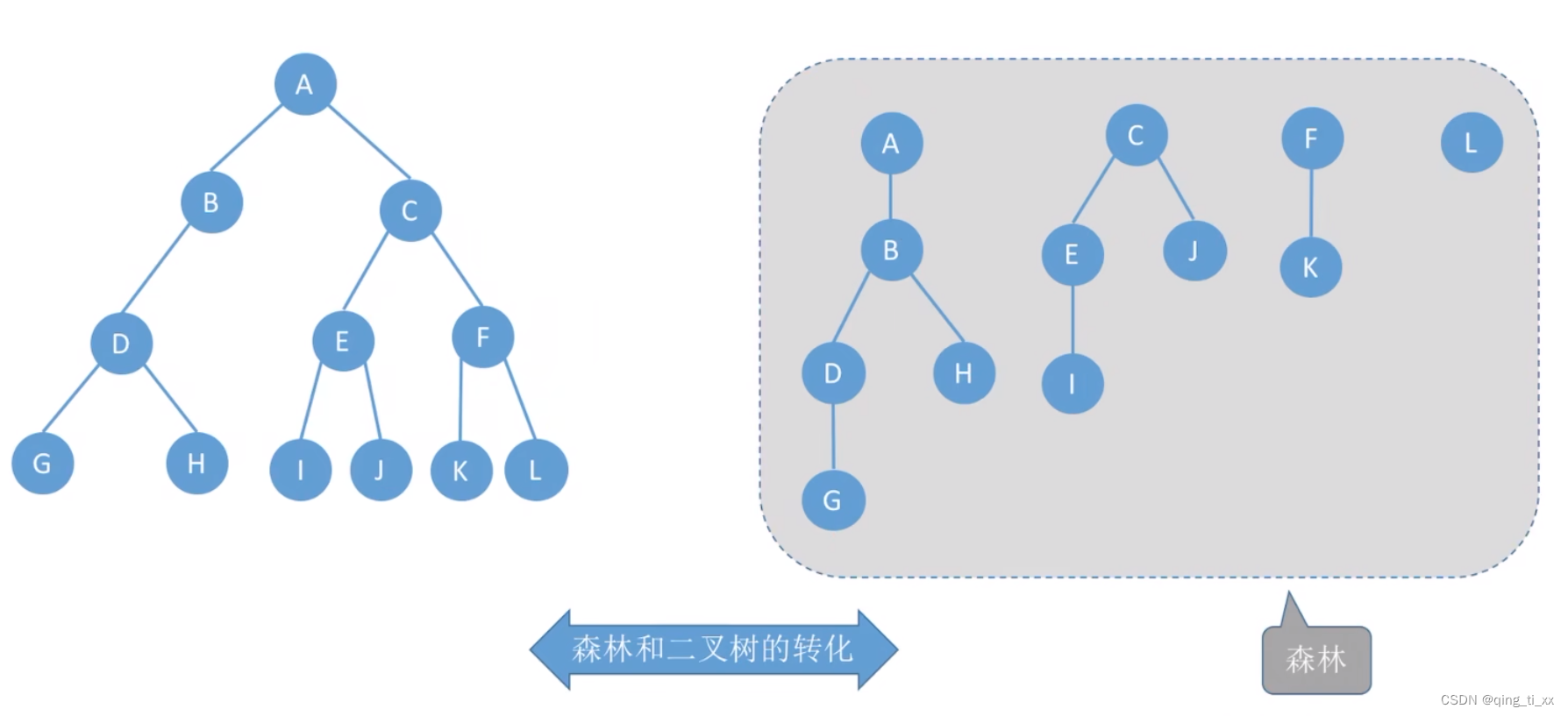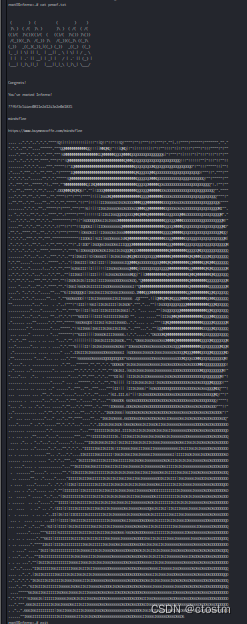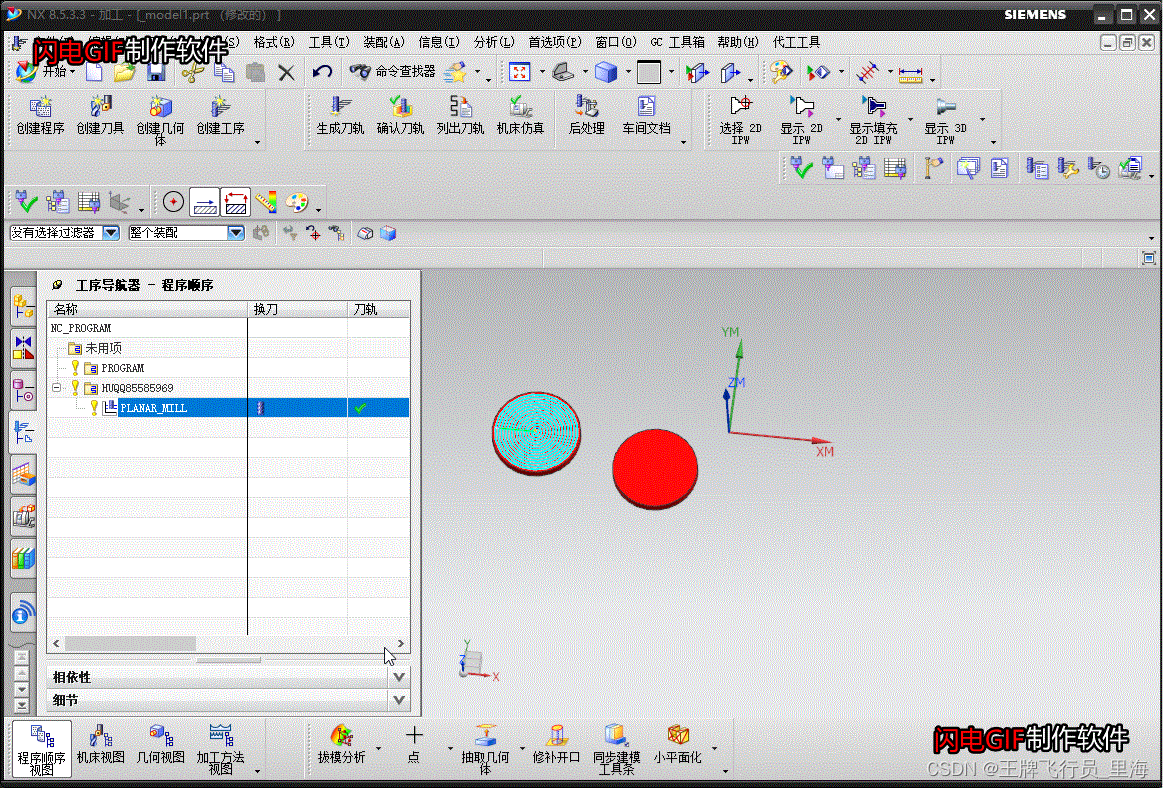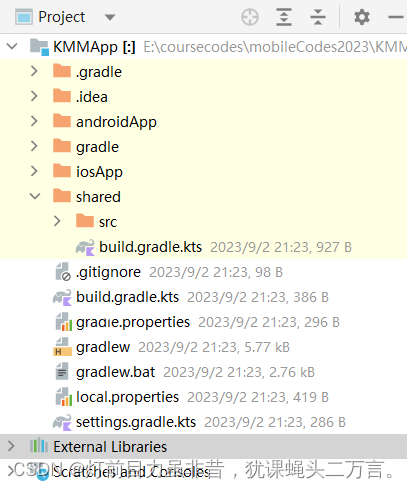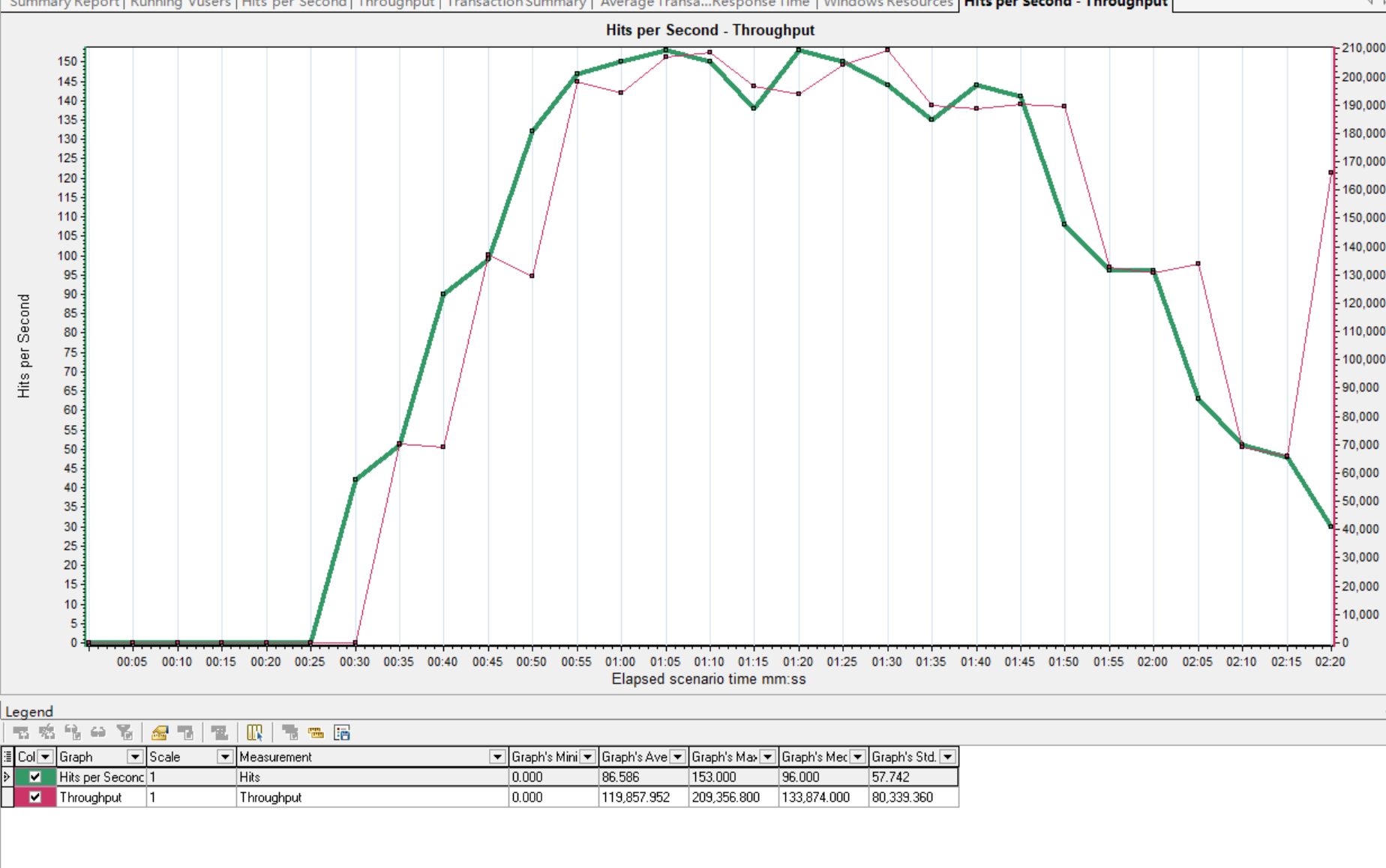这里写目录标题
- 前言
- 1.pom.xml
- 2.webxml
- 3.连接JDBC
- 4.常用代码
- 4.1获取时间
- 4.2实现上传文件需要用到第三方库fileupload
- 常用快捷键
- 常用操作
- Tomcat基础操作:
前言
本文主要讲述了
1.pom.xml
<?xml version="1.0" encoding="UTF-8"?>
<project xmlns="http://maven.apache.org/POM/4.0.0" xmlns:xsi="http://www.w3.org/2001/XMLSchema-instance"
xsi:schemaLocation="http://maven.apache.org/POM/4.0.0 http://maven.apache.org/xsd/maven-4.0.0.xsd">
<modelVersion>4.0.0</modelVersion>
<!--
<groupId>org.example</groupId>
<artifactId>untitled15</artifactId>
<version>1.0-SNAPSHOT</version>
<packaging>war</packaging>
-->
<groupId>com.bit</groupId>
<artifactId>java_image_servlet</artifactId>
<version>1.0-SNAPSHOT</version>
<packaging>war</packaging>
<name>untitled15 Maven Webapp</name>
<!-- FIXME change it to the project's website -->
<url>http://www.example.com</url>
<properties>
<project.build.sourceEncoding>UTF-8</project.build.sourceEncoding>
<maven.compiler.source>1.7</maven.compiler.source>
<maven.compiler.target>1.7</maven.compiler.target>
</properties>
<dependencies>
<dependency>
<groupId>junit</groupId>
<artifactId>junit</artifactId>
<version>4.11</version>
<scope>test</scope>
</dependency>
<!--json的依赖 gosn-->
<dependency>
<groupId>com.google.code.gson</groupId>
<artifactId>gson</artifactId>
<version>2.10.1</version>
</dependency>
<!--mysql依赖-->
<dependency>
<groupId>mysql</groupId>
<artifactId>mysql-connector-java</artifactId>
<version>8.0.13</version>
</dependency>
<!--servlet包-->
<dependency>
<groupId>javax.servlet</groupId>
<artifactId>javax.servlet-api</artifactId>
<version>3.1.0</version>
<!--表示在开发阶段需要此依赖,部署到Tomcat后就不需要了-->
<scope>provided</scope>
<!---->
</dependency>
</dependencies>
<build>
<finalName>java_image_servlet</finalName>
<pluginManagement><!-- lock down plugins versions to avoid using Maven defaults (may be moved to parent pom) -->
<plugins>
<plugin>
<artifactId>maven-clean-plugin</artifactId>
<version>3.1.0</version>
</plugin>
<!-- see http://maven.apache.org/ref/current/maven-core/default-bindings.html#Plugin_bindings_for_war_packaging -->
<plugin>
<artifactId>maven-resources-plugin</artifactId>
<version>3.0.2</version>
</plugin>
<plugin>
<artifactId>maven-compiler-plugin</artifactId>
<version>3.8.0</version>
</plugin>
<plugin>
<artifactId>maven-surefire-plugin</artifactId>
<version>2.22.1</version>
</plugin>
<plugin>
<artifactId>maven-war-plugin</artifactId>
<version>3.2.2</version>
</plugin>
<plugin>
<artifactId>maven-install-plugin</artifactId>
<version>2.5.2</version>
</plugin>
<plugin>
<artifactId>maven-deploy-plugin</artifactId>
<version>2.8.2</version>
</plugin>
</plugins>
</pluginManagement>
</build>
</project>
2.webxml
<?xml version="1.0" encoding="UTF-8"?>
<web-app xmlns:xsi="http://www.w3.org/2001/XMLSchema-instance"
xmlns="http://xmlns.jcp.org/xml/ns/javaee"
xsi:schemaLocation="http://xmlns.jcp.org/xml/ns/javaee http://xmlns.jcp.org/xml/ns/javaee/web-app_3_1.xsd"
version="3.1">
<servlet>
<!--定义了一个叫ImageServlet的类映射到URL路径:/image-->
<servlet-name>ImageServlet</servlet-name>
<!--servlet类的完全限定名-->
<servlet-class>api.ImageServlet</servlet-class>
</servlet>
<servlet-mapping>
<servlet-name>ImageServlet</servlet-name>
<!--URL路径:/image-->
<url-pattern>/image</url-pattern>
</servlet-mapping>
</web-app>
3.连接JDBC
private static final String URL = "jdbc:mysql://127.0.0.1:3306/image_table?characterEncoding=utf8&useSSL=false&serverTimezone=UTC&allowPublicKeyRetrieval=true";
private static final String USERNAME = "root";
private static final String PASSWORD = "123456";
private static volatile DataSource dataSource = null;
public static DataSource getDataSource(){
if(dataSource == null){
Synchronized(DBUtil.class);{
if(dataSource == null){
dataSource = new MysqlDataSource();
// MysqlDataSource 对象强制转换为 MysqlDataSource 类型,
// 并使用 setURL()、setUser() 和 setPassword() 方法设置数据库连接的相关信息,包括 URL、用户名和密码。
MysqlDataSource tmpDataSour = (MysqlDataSource) dataSource;
tmpDataSour.setURL(URL);
tmpDataSour.setUser(USERNAME);
tmpDataSour.setPassword(PASSWORD);
}
}
}
return dataSource;
}
//建立连接
public static Connection getConnection() throws SQLException {
return getDataSource().getConnection();
}
//关闭连接
public static void close(Connection connection, PreparedStatement preparedStatement, ResultSet resultSet) throws RuntimeException {
if(resultSet != null) {
try {
resultSet.close();
} catch (SQLException e) {
throw new RuntimeException(e);
}
}
if(preparedStatement != null){
try {
preparedStatement.close();
} catch (SQLException e) {
throw new RuntimeException(e);
}
}
if (connection != null){
try {
connection.close();
} catch (SQLException e) {
throw new RuntimeException(e);
}
}
}
private static void Synchronized(Class<DBUtil> dbUtilClass) {
}
4.常用代码
4.1获取时间
1.获取当前时间
//获取当前时间作为存储时间,存储于image中的UploadTime
SimpleDateFormat simpleDateFormat = new SimpleDateFormat("yyyyMMdd")
image.setUploadTime(simpleDateFormat.format(new Date()));
2.获取毫秒级的时间戳
//获取毫秒级的时间戳加入到文件存储路径中(这里的文件存储路径是:./image/时间戳_文件名)
image.setPath("./image"+System.currentTimeMillis()+"_"+fileItem.getName());
4.2实现上传文件需要用到第三方库fileupload
pom.xml
<!--上传文件的第三方仓库FileUpload-->
<!-- https://mvnrepository.com/artifact/commons-fileupload/commons-fileupload -->
<dependency>
<groupId>commons-fileupload</groupId>
<artifactId>commons-fileupload</artifactId>
<version>1.4</version>
</dependency>
类中代码:
//(1)创建一个factory对象和fileUpload对象,为获取图片属性做的准备工作(固定逻辑)
FileItemFactory factory = new DiskFileItemFactory();
ServletFileUpload fileUpload = new ServletFileUpload(factory);
//(2)fileUpload对象进一步解析,将数据存入items
try {
List<FileItem> items = fileUpload.parseRequest(req);
//此时Itmes已经把图片信息获取到了(此时获取到图片信息的可能不止一个图片的,所以用列表存储)
//(3)将fileUpload解析得到的信息存入image
FileItem fileItem = items.get(0);
//取出items中存储的众多图片中的第一个图片的信息存储于fileItem
Image image = new Image();
image.setImageName(fileItem.getName());//将取出的数据中文件名赋值给ImageName
image.setSize((int) fileItem.getSize());
//获取当前时间作为存储时间,存储于image中的UploadTime
SimpleDateFormat simpleDateFormat = new SimpleDateFormat("yyyyMMdd");
image.setUploadTime(simpleDateFormat.format(new Date()));
image.setContentType(fileItem.getContentType());
//构造一个路径:./image+图片名,但是这个文件存储路径会导致文件名相同时文件路径就会相同,无法存储,所以可以在这个路径中加入时间戳(毫秒级)来分开两个文件
image.setPath("./image/"+System.currentTimeMillis()+"_"+fileItem.getName());
image.setMd5("12903421");//当前先写死
//(4)将数据存入数据库,利用imageDao中的insert方法
ImageDao imageDao = new ImageDao();
imageDao.insert(image);
//2.将图片内容存入磁盘
File file =new File(image.getPath());
try {
fileItem.write(file);
} catch (Exception e) {
resp.setContentType("application:json;charset=utf-8");
resp.getWriter().write("{\"ok\":false ,\"reason\":\"写入磁盘失败\"}");
}
} catch (FileUploadException e) {
//解析失败的情况
resp.setContentType("application:json;charset=utf-8");
resp.getWriter().write("{\"ok\":false ,\"reason\":\"请求解析失败\"}");
}
常用快捷键
将选定的代码块包装在 try/catch 块中: Ctrl + Alt + T (Windows 和 Linux)或 Command + Option + T (Mac)
撤销操作:Ctrl +z
自动补全代码:Ctrl + Space
注释/取消注释行:Ctrl + /
取消注释选中的代码块:Ctrl + Shift + /
复制当前行或选中的代码块:Ctrl + D
删除当前行或选中的代码块:Ctrl + Y
重做上一次操作:Ctrl + Shift + Z
全局查找:Ctrl + Shift + F
查找文本:Ctrl + F
打开变量视图:Ctrl + Alt + V
打开类文件:Ctrl + Alt + O
常用操作
Tomcat基础操作:
//打好的包拷贝到这里
D:\apache-tomcat-8.5.87\apache-tomcat-8.5.87\webapps
//运行Tomcat
D:\apache-tomcat-8.5.87\apache-tomcat-8.5.87\bin\startup.bat
//浏览器运行
http://127.0.0.1:8080/war包名字/类的映射路径
//举例:
http://127.0.0.1:8080/java_image_servlet/image



